Businesses challenged to erase carbon footprint
The carbon footprint refers to the total greenhouse gas emissions generated by human activities, contributing to global warming. The carbon footprint of a product (CFP) is calculated by combining the total greenhouse gas (GHG) emissions during its entire life cycle. This indicator provides consumers with information about the level of CO2 emissions associated with the product they use.
Currently, some countries have started to label products with publicly disclosed CFP, allowing consumers to consider the CFP index in addition to quality and price when making purchases.
To calculate the CFP for a product, manufacturers need to track information about the product lifecycle, including the entire GHG emissions from raw material extraction to production, distribution, use, and disposal.
In 2023, the EU mandated domestic manufacturers to find ways to mitigate their carbon footprint and introduced the carbon border adjustment mechanism (CBAM) to control the carbon footprint of imported goods into Europe. According to the information provided, the six commodity groups that leave the highest carbon footprint during production are iron and steel, cement, fertilisers, aluminium, electricity, and hydrogen.
In Vietnam, the General Department of Standards, Metrology and Quality issued ISO 14067:2020, which provides requirements and guidelines for businesses to quantify and report the carbon footprint of their products. ISO 14067 is a unique certification that focuses specifically on product-level carbon footprint rather than the entire management system.
In recent years, some Vietnamese businesses have been implementing carbon footprint reports according to ISO 14067, conducting GHG inventories following ISO 14064, or reporting carbon neutrality according to ISO 14068.
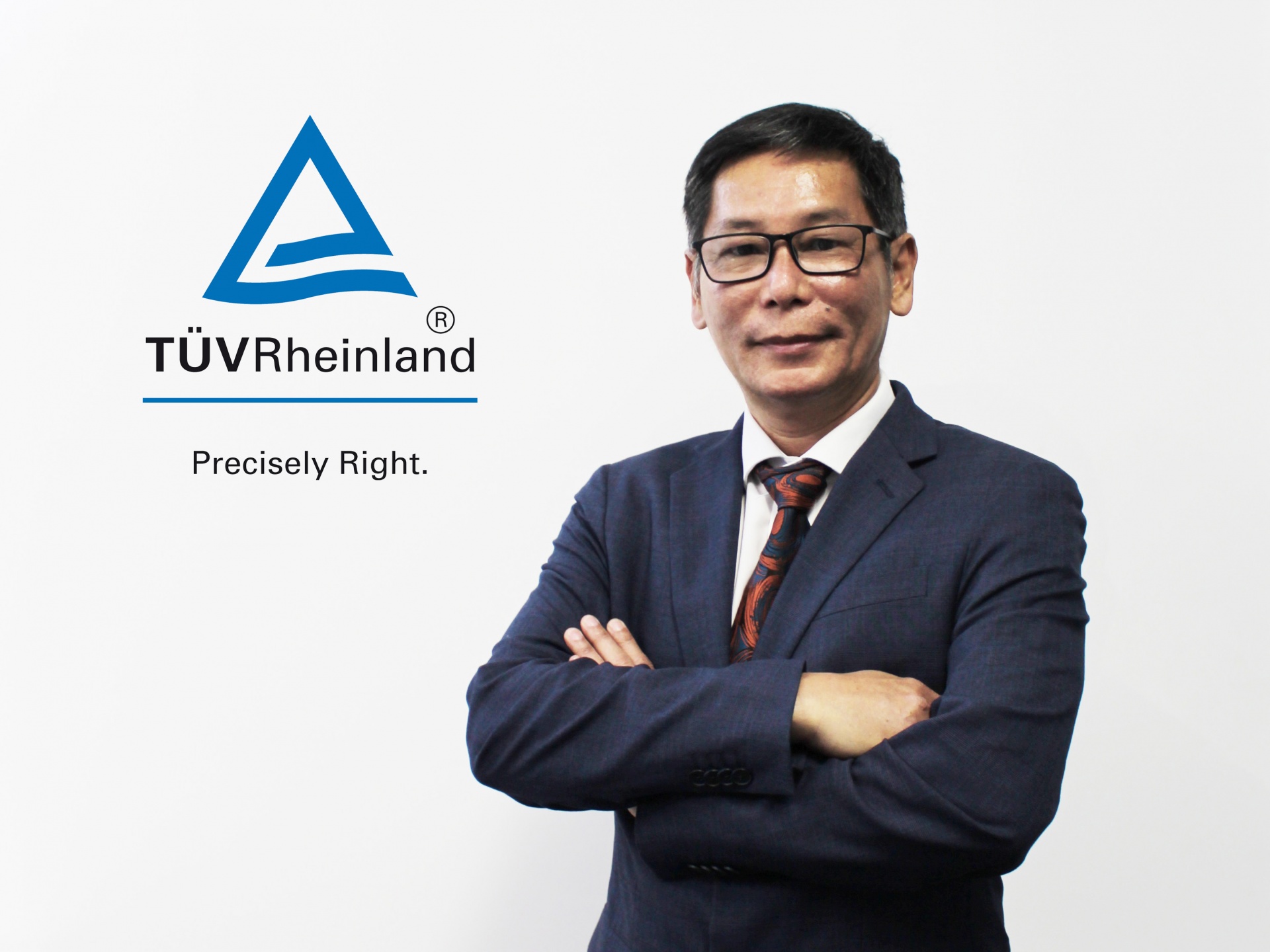 |
| Dr. Ton That Kiem, CEO of TUV Rheinland Vietnam |
Dr. Ton That Kiem, CEO of TUV Rheinland Vietnam said, “The purpose of certifying CFP is to determine the rate of carbon emissions reduction throughout the product lifecycle through third-party verification. It aims to recognise the efforts of businesses in transparently reducing the carbon emissions of their products. The product lifecycle in various processes includes the total GHG emissions generated from raw material extraction to production, distribution (transportation), use, and disposal."
TUV Rheinland is a global technical service provider from Germany that specialises in certification, testing, inspection, and training, helping industries in Vietnam meet international safety and environmental standards.The company provides inventory and certification of carbon footprint according to ISO 14067 standards as one of its services.
According to CEO of TUV Rheinland Vietnam, carbon footprint inventory and certification are currently conducted at three levels: corporate level (CCF), product level (CFP), and project level. Businesses will face various challenges in selecting the appropriate methods for calculating and reporting carbon footprint that align with their objectives and legal requirements.
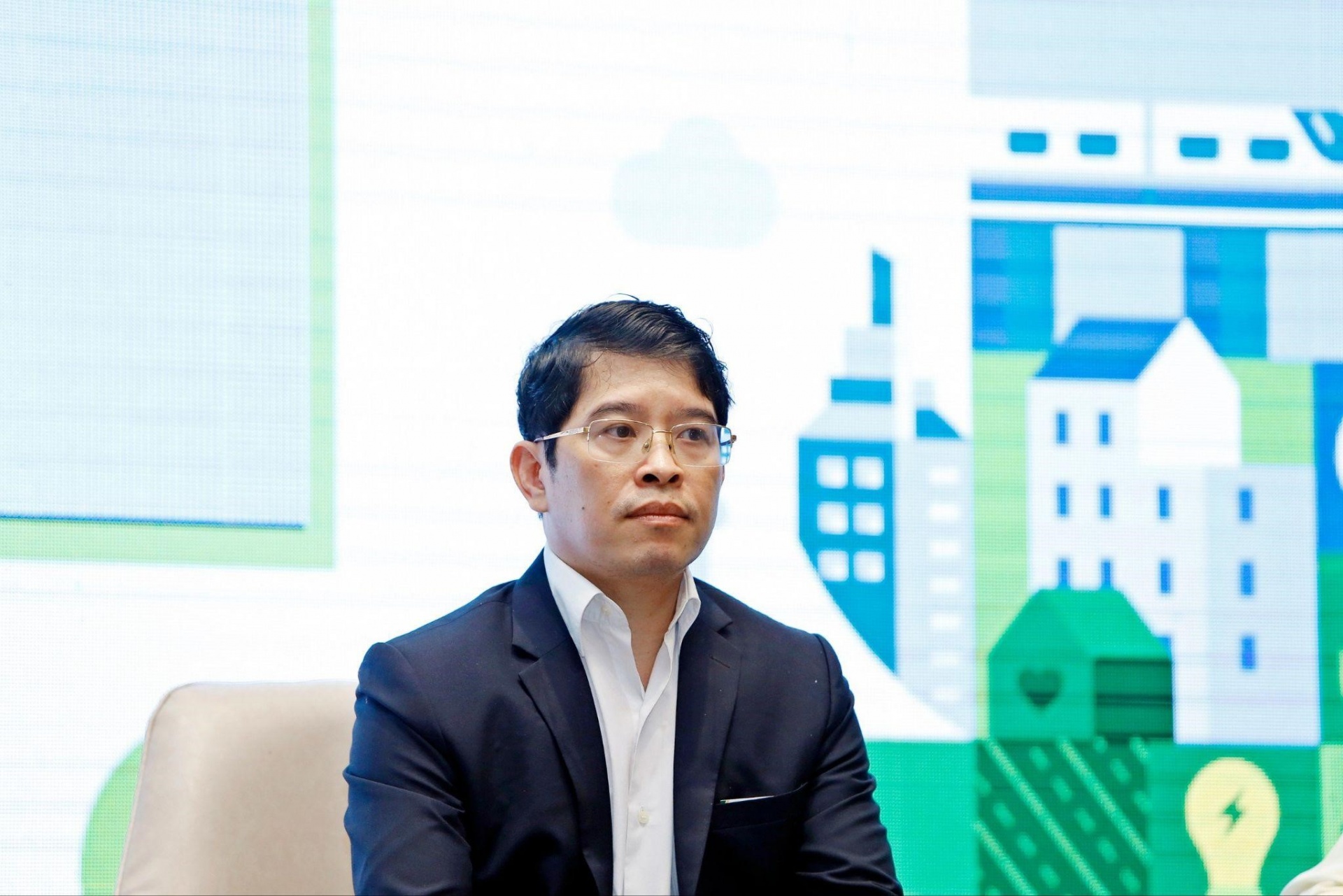 |
| According to Associate Professor Dr. Nguyen Dinh Tho, carrying out carbon inventory steps is beneficial for the future carbon credit trading process of businesses |
At a conference themed ESG - Motivations and Breakthroughs on May 23, Associate Professor Dr. Nguyen Dinh Tho, director of the Institute for Strategy and Policy on Natural Resources and Environment, emphasised the importance of the carbon emissions inventory process.
Associate Professor Tho stated that businesses need to conduct carbon emissions inventory from the beginning to the completion of projects to establish a basis for future carbon credit trading and transactions.
“Businesses implementing green transformation should take advantage of international market mechanisms, such as the carbon credit market. These mechanisms are designed to help businesses recover their initial investment in emission reduction processes,” he said.
Product carbon footprint management is one of the key topics that will be discussed throughout the RIS.ER Hub workshop series from July to November as part of the RIS.ER24 programme. The programme, themed “Sustainable development in the ecosystem of recycling, renewable energy, and green finance,” recycling, renewable energy, and green finance will take place on July 26 in Ho Chi Minh City.
| RIS.ER is a series of events on ESG and sustainable development in Vietnam held annually since 2024. It serves as a platform for sharing knowledge and fostering connections. RIS.ER 24 aims to empower courageous leaders in seizing economic development opportunities and become catalysts for a group of businesses to recover through annual growth commitments, environmental protection compliance, and participation in fair trade standards, supporting access to green investment sources. |
What the stars mean:
★ Poor ★ ★ Promising ★★★ Good ★★★★ Very good ★★★★★ Exceptional
Related Contents
Latest News
More News
- Heavy industries set for pilot greenhouse gas quotas (December 25, 2025 | 10:00)
- Swedfund invests in MSME growth and climate action in Vietnam (December 19, 2025 | 11:42)
- GreenYellow brings solar energy to light up remote schools in Tuyen Quang province (December 19, 2025 | 08:00)
- Charge+, Grab partner to develop EV charging network in Vietnam (December 18, 2025 | 17:11)
- Linking sci-tech and innovation to Vietnam’s net-zero future (December 18, 2025 | 14:31)
- Driving double-digit growth through green and circular transformation in Vietnam (December 17, 2025 | 09:00)
- Standard Chartered and ACCA deepen collaboration to develop Vietnam’s talent for a sustainable future (December 15, 2025 | 18:18)
- Schaeffler reports strong early output from Dong Nai solar project (December 12, 2025 | 15:16)
- Forestry conference highlights biodiversity and sustainability goals (December 09, 2025 | 13:35)
- Home Credit honoured among top 10 sustainable companies in trade and services (December 09, 2025 | 12:18)


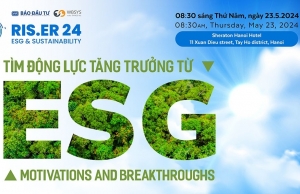
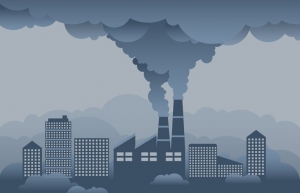
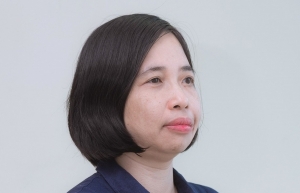
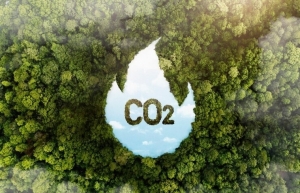

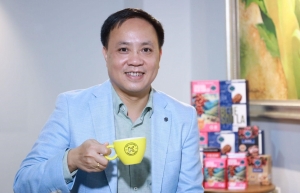
 Tag:
Tag:





















 Mobile Version
Mobile Version